Since our founding as an environmental firm in 1994, D3G has spent over 30 years perfecting the environmental due diligence and consulting process. By staying engaged with industry standards, regulatory requirements, and evolving guidance, our environmental team maintains a technical advantage—allowing us to assess risk, identify potential hazards, and provide project-specific recommendations.

With over 20,000 Phase I Environmental Site Assessments and 14,000 NEPA Environmental Reviews completed nationwide, we’ve developed the expertise to manage the intricacies of environmental regulations.

Experts who communicate, collaborate, and deliver.
Our Environmental team is built with subject matter experts who understand the importance of timing and transparency. We partner with clients from the start—flagging potential regulatory hurdles early, navigating NEPA compliance, and supporting everything from subsurface investigations to hazardous materials testing.
We keep things moving with smart strategy and clear communication every step of the way.

Trusted by HUD. Built on years of combined expertise.
Our team has a long history in environmental due diligence, and a reputation to match. In fact, we were chosen by HUD to pilot the Environmental Review Online System (HEROS) in 2016, helping shape the tool before it became industry standard.
We’re regularly called on to lead complex environmental initiatives and guide projects through evolving regulations.

We’ve done the work, seen every curveball, and double-checked the fine print.
With insights from over 20,000 projects nationwide, our team brings depth, context, and precision to every assignment. We stay ahead by actively engaging in policy development and research (PD&R), participating in conversations that shape the future of compliance.
That means you get guidance that’s not only informed—but one step ahead.

At D3G, we ensure your projects comply with all required environmental protocols based on their specific funding sources. We understand the importance of maintaining compliance to protect your investment, secure funding, and keep your project on schedule and within budget.

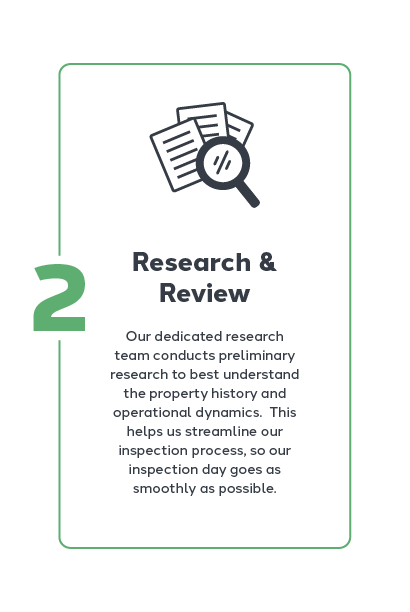
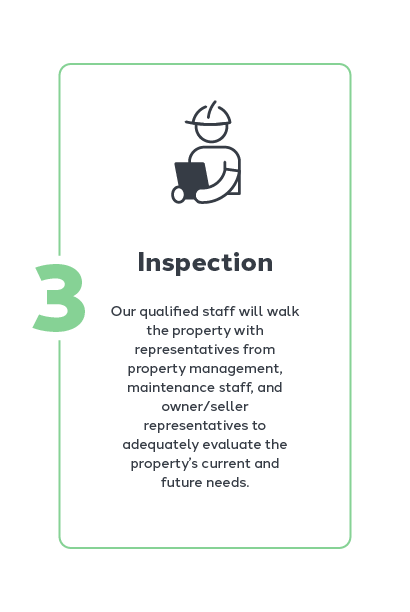
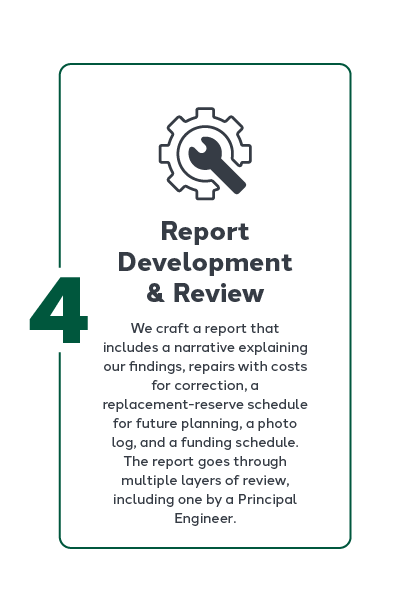
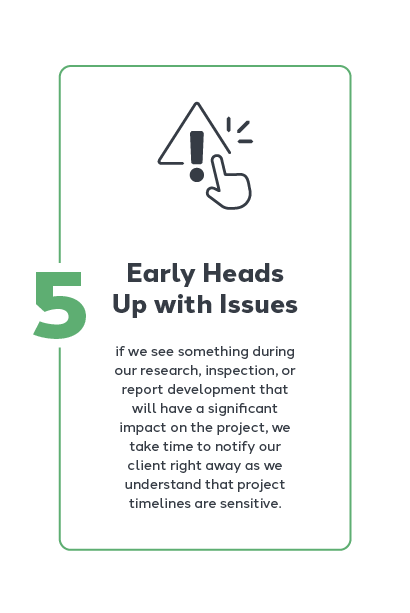

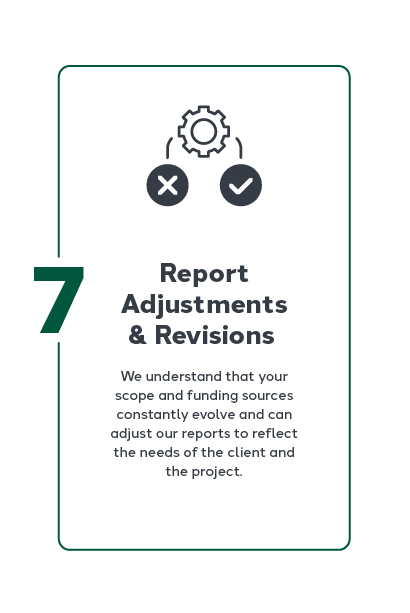


Investigations confirm the presence or absence of hazardous materials, the extent of contamination, and the liability associated with contamination and provide a basis for remediation design.
Common Phase II Activities Include:
Environmental Study
Environmental Study
Our team includes 10+ environmental professionals with more than 200 years of experience in HUD projects.

Vice President of Environmental Services

Managing Director of Environmental Services

Environmental Services Technical Director






D3G does not provide housing or rental assistance.
For help with housing resources, visit https://resources.hud.gov/.